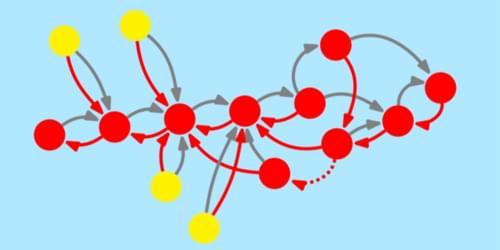Modern medicine forces bacteria to adapt: in response to antibiotic treatment, they either increase their fitness or die out. Whether a bacterial population survives or not depends on a combination of its genetics and environment—the antibiotic concentration—at a given moment. Now Suman Das of the University of Cologne, Germany, and colleagues simulate the effect on adaptation of an environment that is constantly changing [1]. Using a model that describes how slow-moving disordered systems respond to external forces, the researchers find that microbe evolution in changing drug concentrations exhibits hysteresis and memory formation. They use analytical methods and numerical simulations to connect these statistical physics concepts to bacterial drug resistance.
The team’s model examines changes in a bacterial population’s genetic sequences. By combining data on bacterial growth rates with statistical tools, the researchers describe how the bacterial genome can store information about both present and past drug concentrations. Their simulations start with a genetic sequence optimized for a certain antibiotic concentration. They then track how the sequence mutates when the concentration shifts to another value. When the concentration increases and then reduces to a lower value, the genetic route taken on the downward path depends on the changes on the upward path. How different the mutation routes are depends on the rate of concentration change.
The researchers find that this behavior mimics that of disordered systems driven by external forces, such as ferromagnetic materials subjected to magnetic fields or amorphous materials subjected to a shearing force. They say that while their approach focuses on the evolution of drug resistance, the framework can be adapted to other problems in evolutionary biology that involve changing environmental parameters.










Comments are closed.